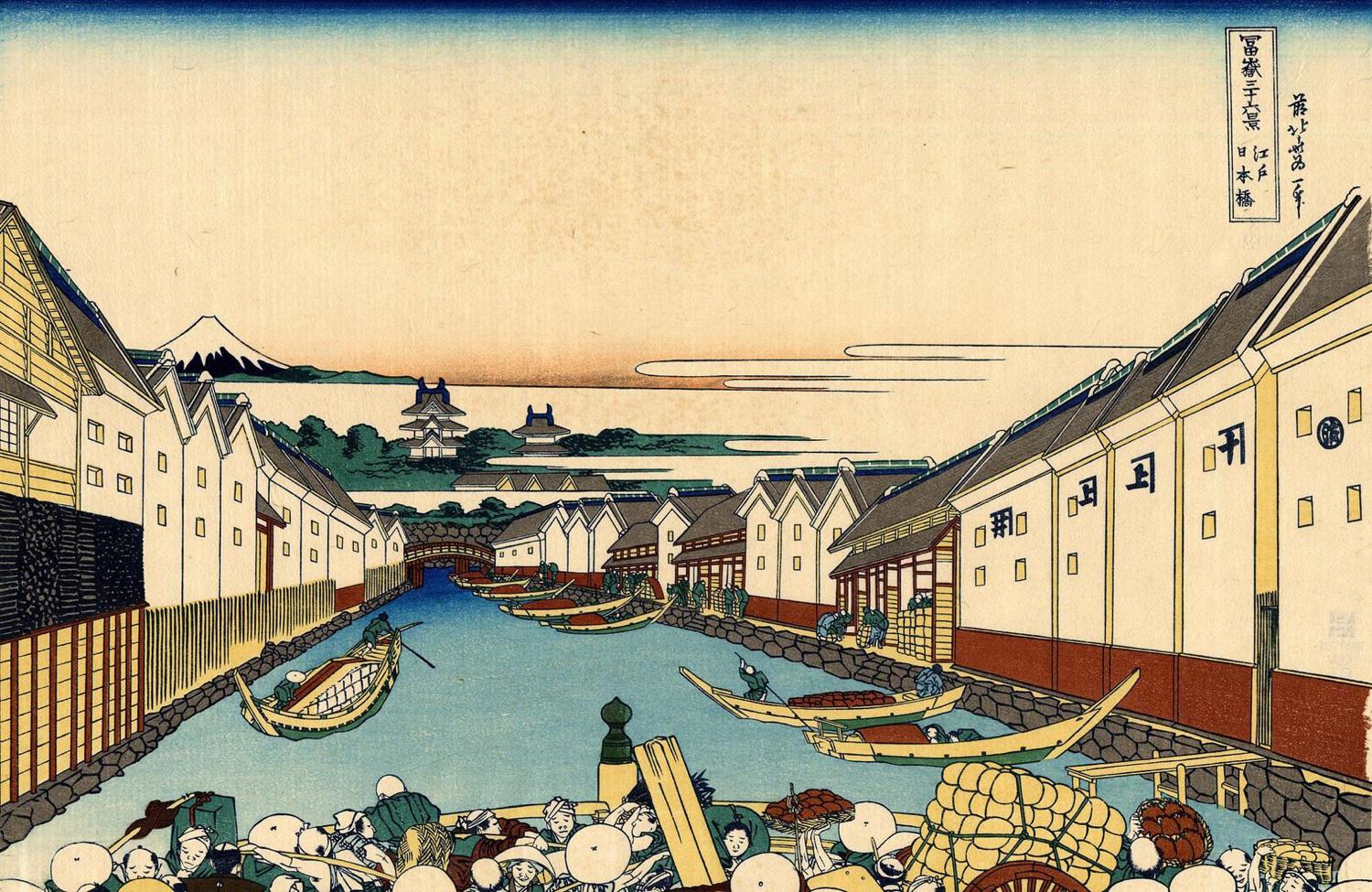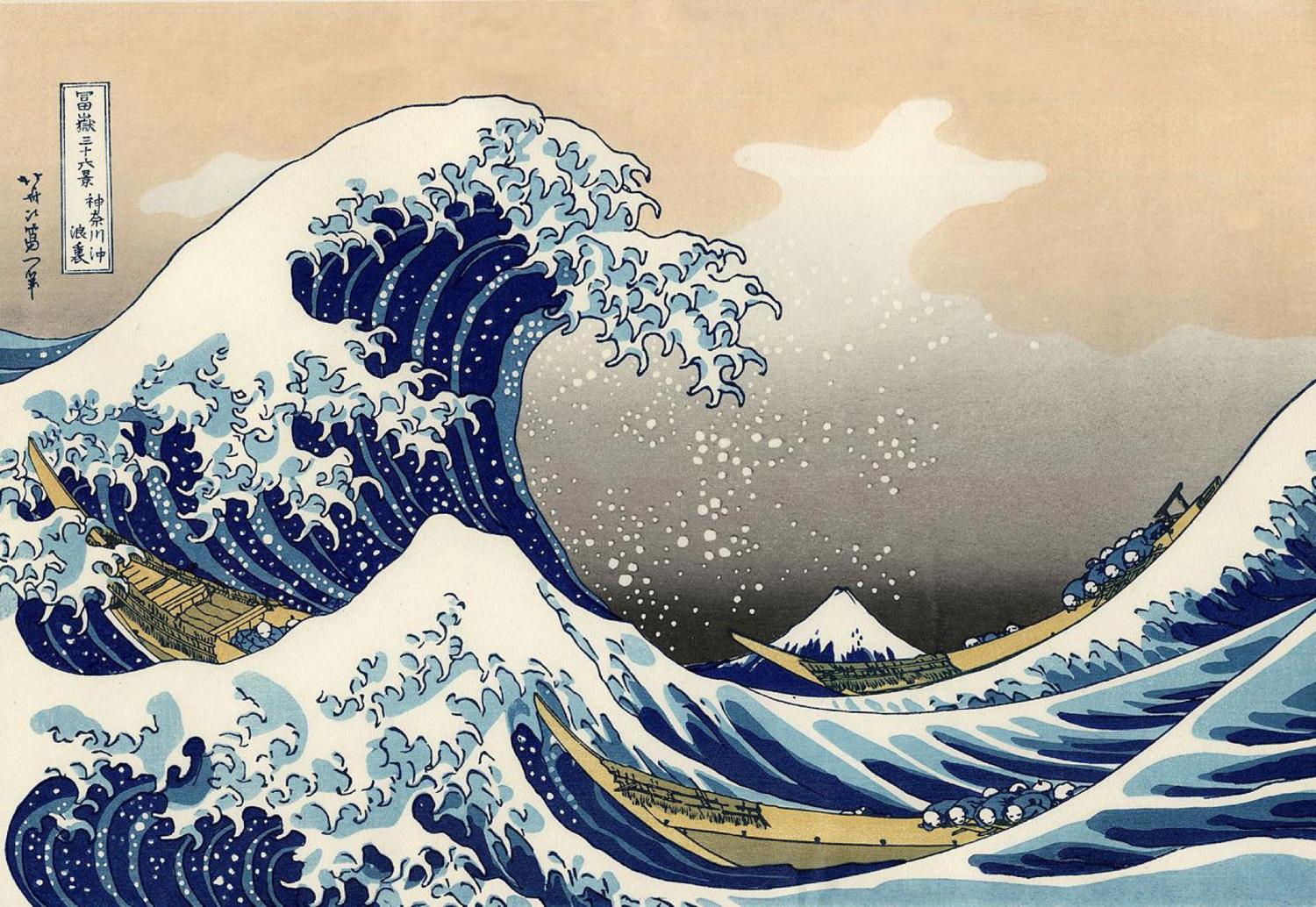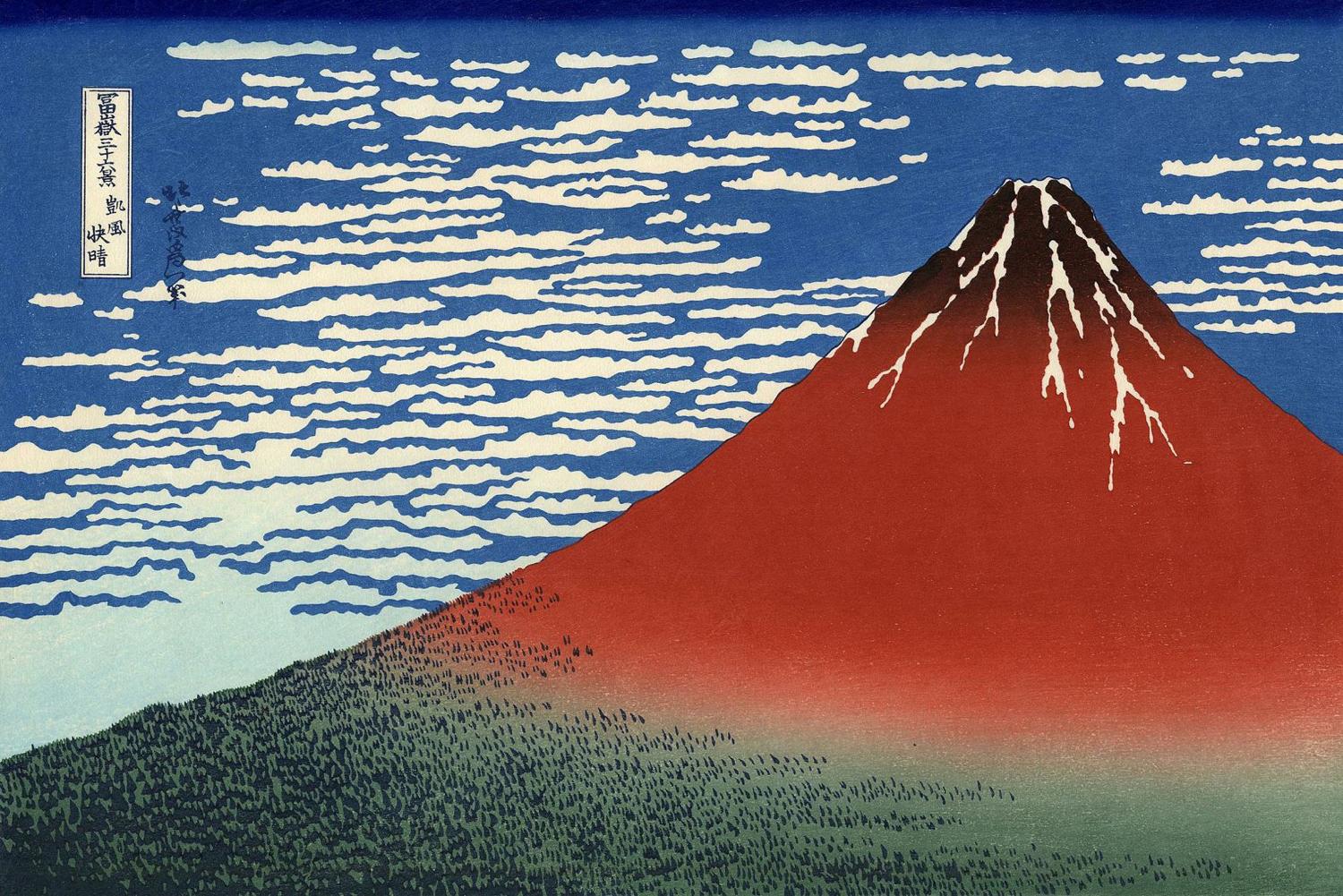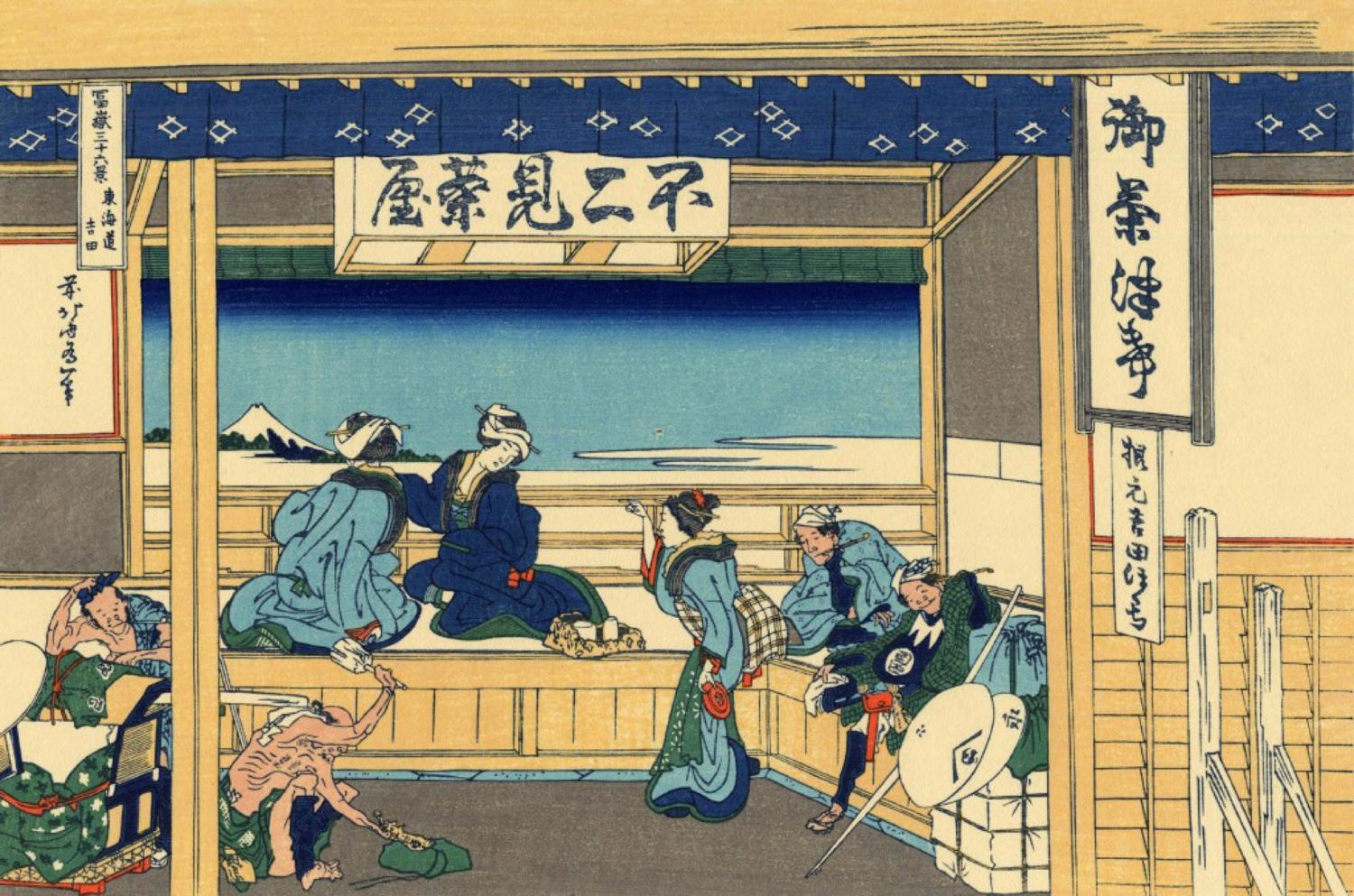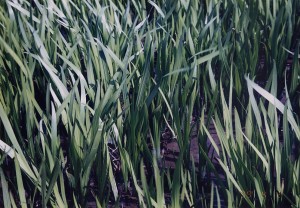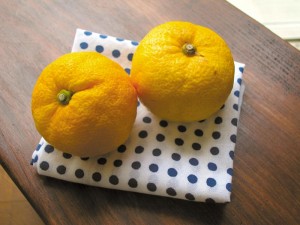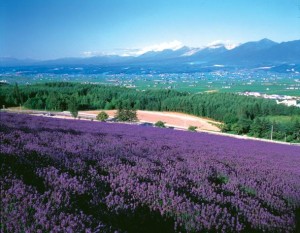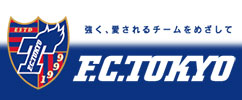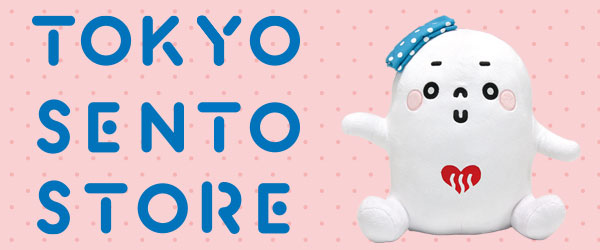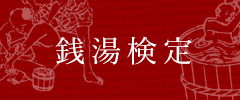Sento Event
In Tokyo, there are special events in the public bath. For example, plants and citrons are put into the bath for good effect. Shobu-yu on May 5th, Yuzu-yu for the winter solstice (around December 22nd), Lavender-yu is held on the “Day of the Public Bath,” October 10th (※). In addition, there are also public baths that have events such as apples, or lemons in the bath water.
(※) event dates may vary depending on the region and local bath.
■”Shobu-yu,” Bath with Iris
Since the Edo Era, May 5th has been celebrated as “Boys’ Festival.” On this day, it is popular to put the roots and leaves of the iris plant into the bath. It has become an annual event. There are theories that the history of Shobu-yu can be traced back to China. Iris as an herb has been thought to prevent illness as far back as the 6th Century in China. The Chinese people have been using iris in hopes of longevity and good health for a long time. As the season turns from spring to summer, it can be easy to become sick. Therefore,”Boys Festival” on May 5th is marked with a Shobu-yu. Iris, with its sword shaped leaves, seemed to fit with boys in the Edo Era in samurai society.
■Yuzu-yu, Citron Bath
In Japan, there has been a custom of floating citron in the bath on the winter solstice, around December 22nd. It has been done since the Edo Era. This is called, Yuzu-yu, Citron Bath. You will notice the distinctive citrus aroma as soon as you enter the bathroom. People say, “If you put a citron in your bath you won’t catch a cold.” It is also supposed to prevent dry skin.
The essential oils and scent of citron are said to contain ingredients that promote good metabolism and stimulate the capillaries. As a result it fights poor circulation, rheumatism, neuralgia, lumbago, aches and pains.
It is also effective in recovering from fatigue.
It has become less likely for every home to make a Yuzu-yu on the winter solstice. Tokyo bathhouses continue to observe this part of Japanese culture.
■ Lavender Bath
Lavender is widely used in herbal baths in Europe. Lavender essential oil components are responsible for the purple flowers distinctive and fragrant scent. They are known to relax the mind and body as well. They are also known to improve the body’s immune system.
In the Tokyo bathhouse union, we support traditional Japanese herbal bath traditions, for example, the Iris Bath and the Citron Bath. In 1995, we entered an era of globalization when, “The day of the public bath,” was incorporated into bathing culture overseas. October 10th was the day it was incorporated Public bath day(※). From that time we have continued to commemorate the day of the bathhouse every year. Lavender is used in the bath water. The Tokyo public baths use organic lavender grown in Nakafurano-cho, Hokkaido, no artificial additives or coloring. It all comes from carefully dried, natural lavender.
(※) Public Bath Day…
October 10th – it makes the number 1010, and can be pronounced “Sen-to” in Japanese. Sento is the Japanese word for the public bath. October 10th was also known as Sports Day. It was the opening day of Olympic Games in Japan in 1964. This contributed increase national interest in sports and good health. And bathhouse bathing after hard sports has been demonstrated to promote good health.
For this reason, October 10th (1010 = sento!) is designated “The day of the public bath” and was officially certified by the association in 1996.
※ Sports Day by the amendment of 1998, changed the national holiday to the second Monday of October from the year 2000.



